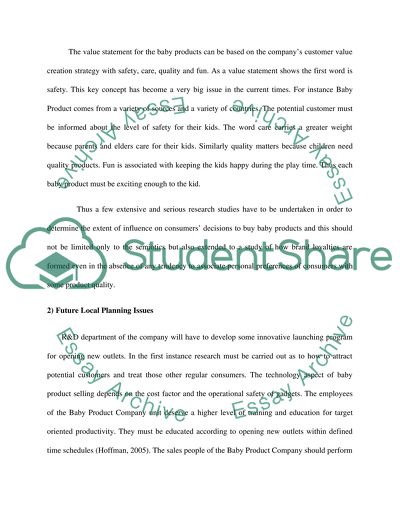Cite this document
(Marketing Principles of a Baby Product Company Case Study, n.d.)
Marketing Principles of a Baby Product Company Case Study. https://studentshare.org/marketing/1563840-marketing-principles
Marketing Principles of a Baby Product Company Case Study. https://studentshare.org/marketing/1563840-marketing-principles
(Marketing Principles of a Baby Product Company Case Study)
Marketing Principles of a Baby Product Company Case Study. https://studentshare.org/marketing/1563840-marketing-principles.
Marketing Principles of a Baby Product Company Case Study. https://studentshare.org/marketing/1563840-marketing-principles.
“Marketing Principles of a Baby Product Company Case Study”. https://studentshare.org/marketing/1563840-marketing-principles.


